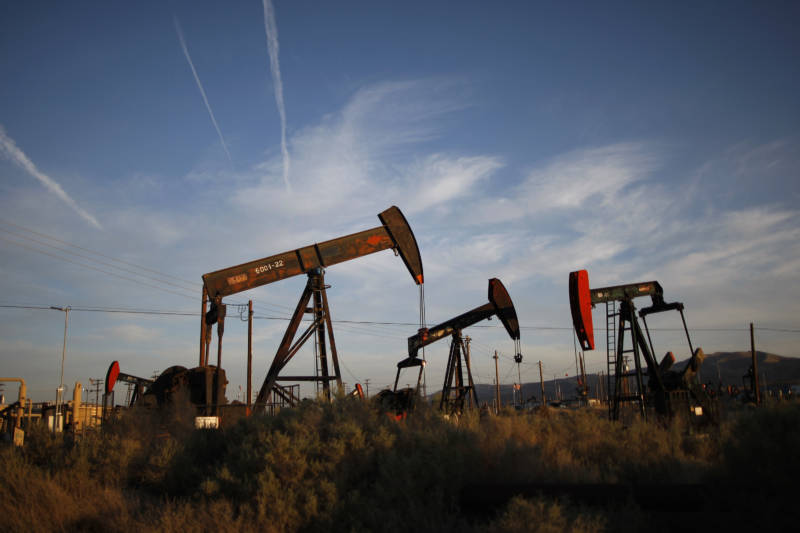Last month, as climate change-driven wildfires were on their way to burning more than 4 million acres around the state, Gov. Gavin Newsom signed an executive order to end sales of gasoline-powered passenger cars and trucks in California by 2035. Newsom then also called on state lawmakers to develop legislation that would eliminate new fracking licenses by 2024.
The moves could forever change California, home to one of the nation’s largest oil producing, refining and consuming markets.
The day after Newsom’s executive order, several lawmakers announced plans to introduce a ban on fracking when the next legislative session starts in December. The announcement, which garnered support from several environmental groups, included no specific details. Any such bill would need to go through Stern’s committee.
“It’s a great gesture,” said Stern, who’s running for re-election and supports a ban on fracking, but was not one of the lawmakers behind the announcement. “It’s going to have a tough row to hoe in the Legislature.”
Legislative Challenges
The challenges of approving new oil drilling regulations in California, which Stern calls a “petro-state,” were recently underscored in the committee he chairs. The natural resources panel rejected legislation that would have called for setbacks — or buffer zones — between future oil drilling sites and homes, playgrounds and schools. The opposition came not just from the oil industry and Republicans on the committee, but from members of Stern’s own party.
“We have a lot of Democrats with concerns about any restrictions on oil production,” said Stern, who voted for the bill.
Several of the committee members who opposed the legislation have received significant contributions from the oil industry, a finding first reported by the left-leaning Jacobin magazine. The bill’s death prompted outrage among environmentalists and community groups.
Fracking in California
Fracking is an oil well stimulation method that works to get fuel out of the ground by using water and chemicals to crack open geological formations. The injections allow petroleum and water under the ground to flow more freely.
The fossil fuel industry says the practice helps provide the country with a consistent source of domestic energy. Environmentalists say the chemicals used in the method lead to water and air pollution, as well as the potential contamination of drinking water. Several years ago, it came to light that state regulators in California mistakenly allowed oil companies to dispose of the fracking wastewater in aquifers tapped for drinking water that were supposed to be safeguarded.

